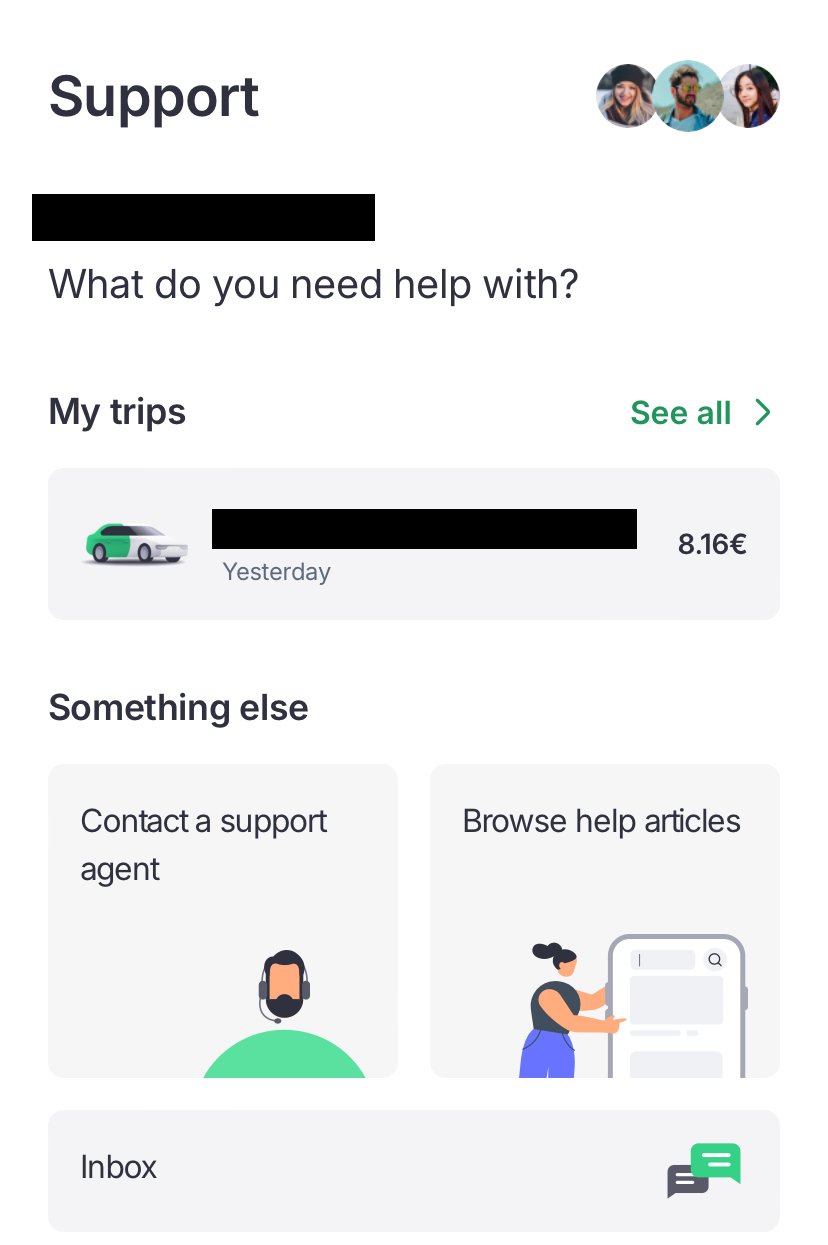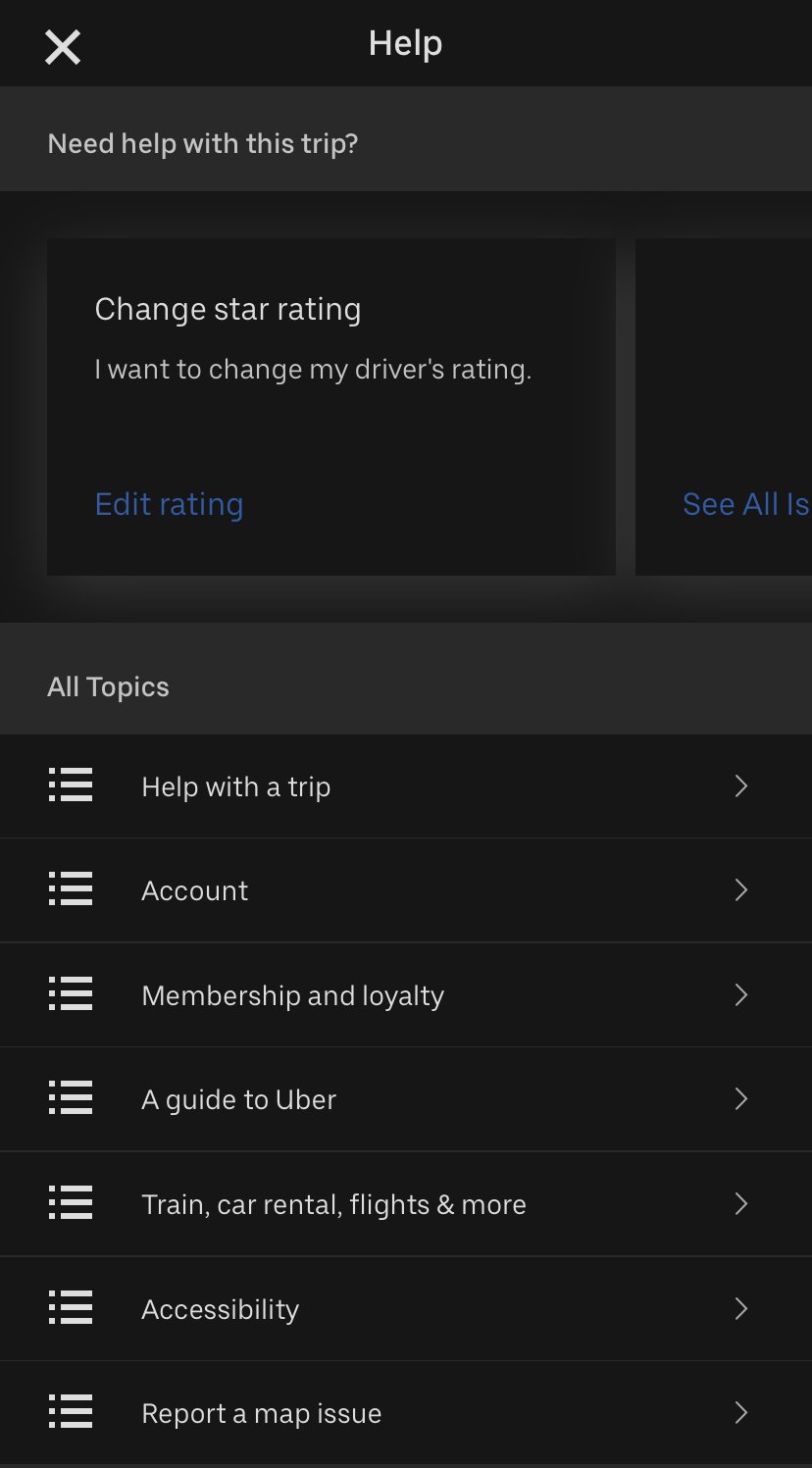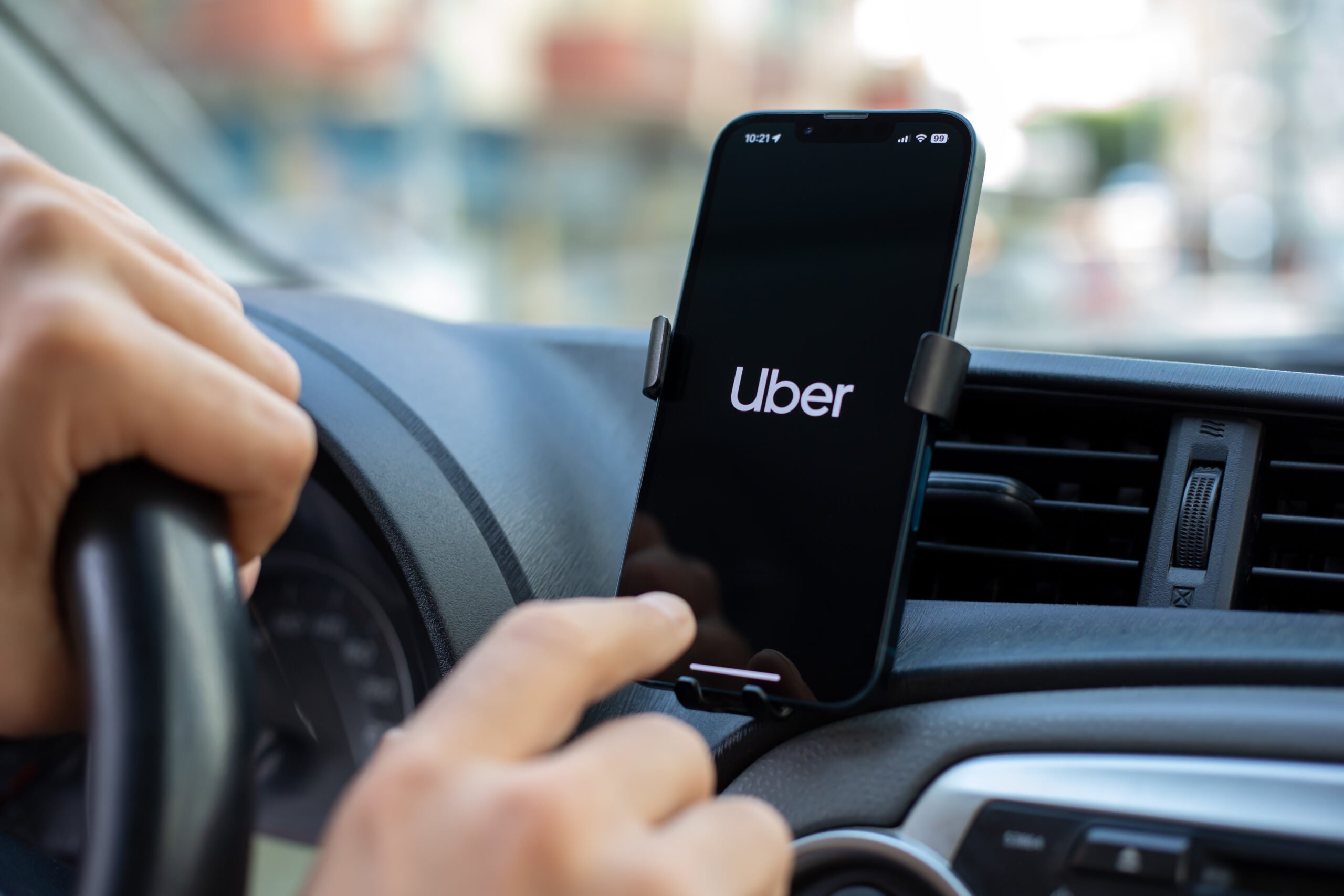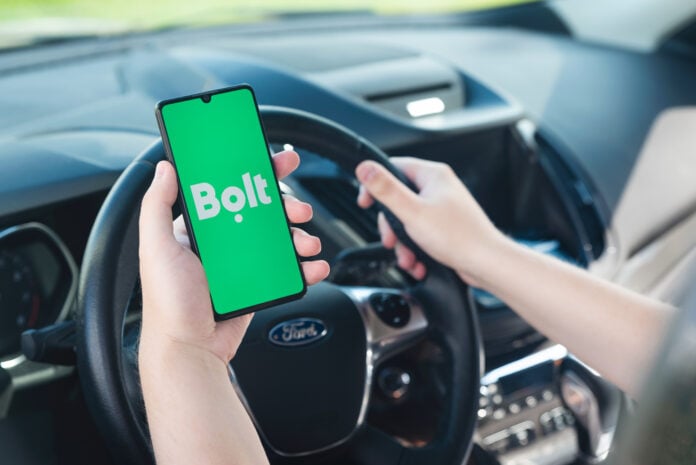As Uber and Bolt continue to dominate the ride-sharing market in Portugal, travelers need to be aware of potential scams, especially at airports. The Mobility and Transport Authority (AMT) has reported an alarming increase in irregularities in taxi and TVDE (Transport in Uncharacterized Vehicles from Electronic Platforms) services. We have received complaints even here at Portugal.com asking us to help spread the word about scams that people have faced at the airport or even when calling a car in the middle of a city. This article will guide you on what to watch out for and how to protect yourself from common scams.
What to Avoid
- Unofficial Drivers – Be wary of individuals approaching you directly at the airport, claiming to be Uber or Bolt drivers. Legitimate drivers will not solicit passengers this way. Once you go through customs and reach the airport arrivals section, avoid anyone asking if you need a ride and head straight to the official Ride Share pick-up and drop off. Open your Bolt or Uber apps and call a driver from there. Be sure that the license plate matches the driver assigned to you in the app.
- Overcharging – Some taxi drivers may attempt to charge inflated prices, especially if they believe you’re unfamiliar with local rates. Avoid this by either agreeing on a price before you get in the car, insisting they turn on the meter immediately, or using a ride share app to have the price calculated for you ahead of time.
- Delayed Trip Starts – Some drivers may delay starting the trip on the app, leading to inflated waiting times and higher fares. At any time, if you believe that you were unfairly charged, immediately report the issue after the ride is finished through the Uber or Bolt help or support tabs.

- Cash Requests – Legitimate Uber and Bolt rides are paid through the app. Do not pay any drivers in cash even if they insist you owe them. If they do insist, use the excuse that you used the ride share app specifically because you did not have any cash. Report any driver in the app immediately after you safely get out of the car.
- Route Manipulation – Drivers taking unnecessarily long routes to increase the fare.
If you find yourself in a situation where you suspect you’re being scammed by an Uber or Bolt driver, it’s crucial to act swiftly and decisively. First, if you haven’t yet started the trip, simply refuse to enter the vehicle and cancel the ride immediately. If you’re already in the car and notice suspicious behavior, such as a delayed trip start or an unnecessarily long route, politely but firmly ask the driver to end the trip at a safe location. Never agree to pay in cash or outside the app. During or after the ride, use the app’s support features to report the incident. Both Uber and Bolt have 24/7 support teams that can assist you. Document everything: take screenshots of your trip details, the driver’s information, and any unusual charges. If you’ve been overcharged, request a fare review through the app. In more serious cases, don’t hesitate to contact local Portuguese authorities to file a formal complaint. Remember, your safety and rights as a consumer are paramount, and both Uber and Bolt have policies in place to protect passengers from fraudulent activities.
Common Scams
- The Parking Fee Scam – Some drivers claim they need to charge extra for parking fees, which is not a legitimate practice for Uber or Bolt. Politely refuse any extra charges not shown in the app, as legitimate fees are always included in the fare estimate.
- The “Broken Meter” Scam – In taxis, drivers might claim the meter is broken and quote an inflated flat rate. Simply get out of the car before the ride begins or very quickly if this occurs and take the driver’s registration number to report him/her later.
- The “App is Down” Scam – Drivers might claim the app isn’t working and request a cash payment at an inflated rate. Never agree to do this unless you feel your life is in danger.
- The Cancellation Scam – Drivers might accept your ride but then call and ask you to cancel, hoping to collect a cancellation fee. In this case, you can either wait for the driver to cancel (they may be trying to avoid cancellation penalties) or contact customer support through the app for assistance.
- The “I Can’t Come to That Part of the Airport” Scam – Some drivers take advantage of passengers’ lack of knowledge about the airport and try to insist that they can’t come to a certain part of the airport to pick up potential customers. Meanwhile, many other ride share drivers seem to be coming to the area. In this case, cancel the ride and report the driver.
In all of the cases mentioned above, trust your instincts. If something feels off, it’s better to cancel the ride and request a new one. Always report these incidents to Uber or Bolt immediately using the app’s help features. By doing so, you not only protect yourself but also help the platforms identify and remove problematic drivers, making the service safer for everyone.

How to Verify Your Driver
- Check the App – Always book through the official Uber or Bolt app. The app will provide you with the driver’s name, photo, car model, and license plate number.
- Confirm Details – Before entering the vehicle, verify that the driver’s name, photo, car model, and license plate match what’s shown in the app.
- Ask the Driver – Have the driver confirm your name before getting in the car. They should know this information from the app. Just like the driver asks for our names, we should be asking for theirs.
- Use In-App Communication – If you need to contact your driver, use the in-app calling or messaging features rather than sharing your personal phone number.

How to Protect Yourself in Advance
- Research Local Rates – Familiarize yourself with typical fares from the airport to your destination.
- Use Official Pick-Up Points – At airports, use designated ride-sharing pick-up areas.
- Monitor Your Ride – Keep an eye on the route using your own GPS navigation to ensure you’re not being taken on an unnecessarily long route. Take a screenshot at the beginning of the ride showing the Google Maps recommended route and driving time and keep it for your records if the driver ends up taking a very different route. If the driver doesn’t open up a Maps app himself, this could also be an indication that he/she plans to go off course.
- Screenshot Trip Details – Before the trip starts, take a screenshot of the estimated fare and route for reference.
While most drivers are professional, it’s wise to be cautious about sharing personal information during your ride. If a driver asks intrusive questions, you’re not obligated to answer. Politely change the subject or say you prefer not to discuss personal matters. It’s okay to be vague about your plans or where you’re staying. For safety, consider setting your drop-off location to a nearby public place instead of your exact address, especially if it’s your home. You can always walk the last block or two.
Remember, you can end the ride early if you feel uncomfortable. Both Uber and Bolt have features that allow you to share your trip details with a trusted contact, which can provide an extra layer of security. If a driver’s behavior makes you uneasy, report it to the ride-sharing company immediately after your trip. There is also an Emergency Assist feature in Bolt which appears as an option during your ride and discreetly shares your live location and details of the car with emergency service should you need assistance during your ride. Only use this option when you legitimately feel that you are in danger. Both Uber and Bolt show this option as a Safety Shield during your ride.
Final Thoughts
By staying vigilant and following these guidelines, you can significantly reduce the risk of falling victim to ride-sharing scams in Portugal. Remember, when in doubt, it’s always better to decline a ride and request a new driver, and be sure to report all issues through the support sections of ride share apps immediately after you finish the ride.


